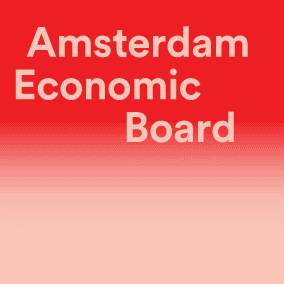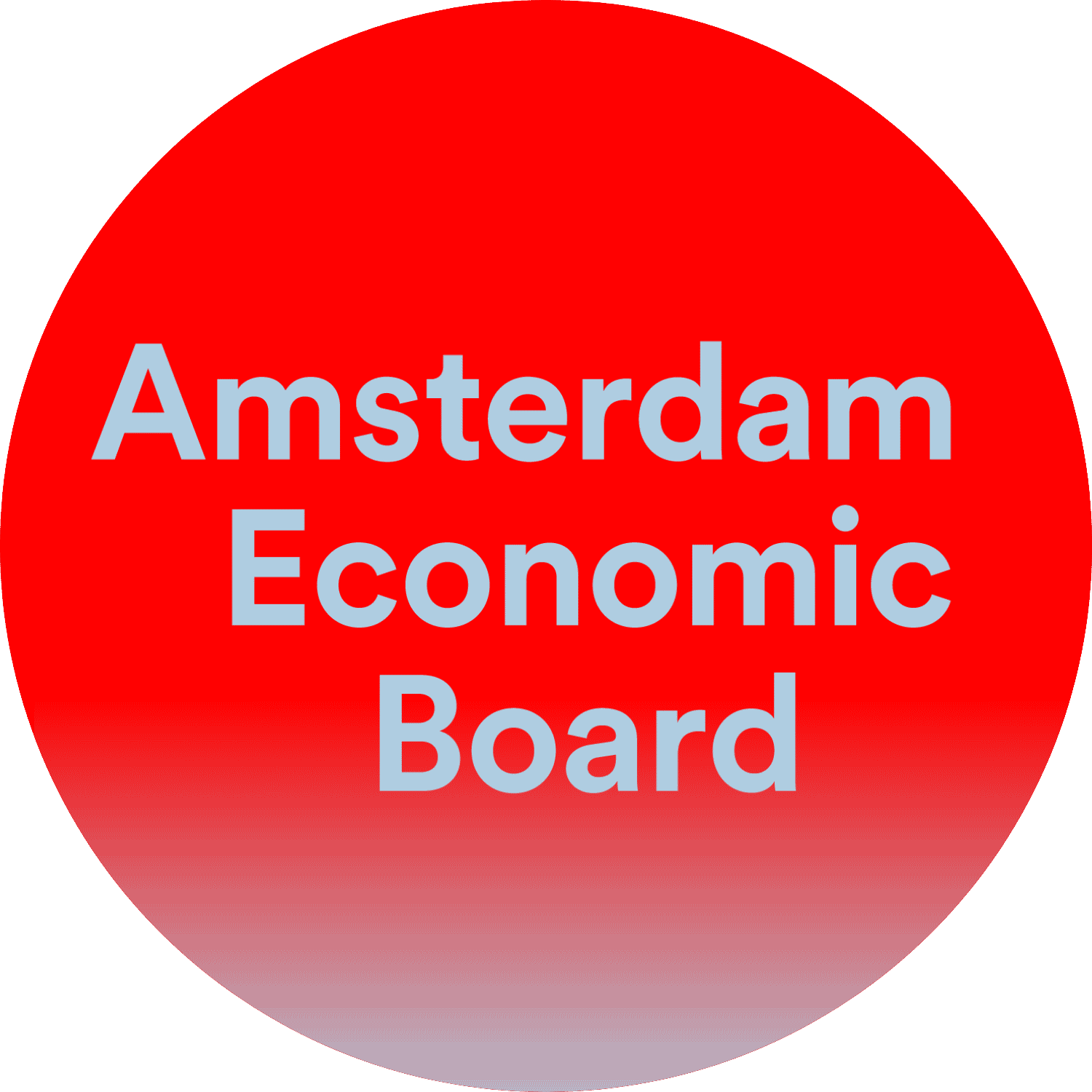Hoe ver zijn we op weg naar een circulaire economie?
Circulaire economie: de kranten staan er vol van, de nationale overheid heeft er zelfs een staatsecretaris voor aangewezen en legio partijen zijn er mee bezig. Maar hoe ver zijn we eigenlijk? Wat is de impact van alle inspanningen op het daadwerkelijk bewegen naar een circulaire economie? Het in 2018 in Davos gelanceerde Gap report liet berekeningen zien dat de wereld 9% circulair is. Hoe weten we zeker dat onze inspanningen leiden tot hetgeen we voor ogen hebben? Als we geen veelomvattende en systematische manier hebben om te meten waar we staan in de transitie naar een circulaire economie, waar we op moeten sturen en wat het effect is van ons handelen, hebben we geen idee hoe goed we het doen. Dat was de reden voor de Amsterdam Economic Board, gemeente Amsterdam en de samenwerkende gemeenten van de Metropoolregio Amsterdam om Metabolic te vragen om een raamwerk te ontwikkelen voor het monitoren van de circulaire economie in de regio.
Raamwerk op maat
De ambitie van de Metropoolregio Amsterdam (MRA) is om reststromen te verwerken naar circulaire grondstoffen, met name door product-herontwerp en hergebruik, het faciliteren van ketenvormingen en de verwerking lokaal te stimuleren .Het monitoringsraamwerk richt zich op de specifieke doelen en de context van de regio en bestaat uit drie lagen van indicatoren:
- Primaire indicatoren geven inzicht in het grondstoffengebruik van een regio;
- Dashboard-indicatoren omvatten kwesties zoals recycling, energie en biodiversiteit;
- Transitie-indicatoren reflecteren de mate van institutionele vernieuwing van dit systeem.
Deze indicatoren bieden cruciale informatie om beleidsdoelen te monitoren en de effecten van bestaand beleid te evalueren. De primaire indicatoren bijvoorbeeld, laten op een overzichtelijke manier de voortgang zien van de nationale ambitie om grondstofgebruik te halveren in 2030. Daarnaast is het een belangrijk framework om de ontwikkelingen in de markt en het onderwijs te meten.
Marjolein Brasz, voormalig Challenge Lead Circulaire Economie bij de Amsterdam Economic Board en een van de initiatiefnemers van het monitoring raamwerk, geeft aan:
“Bij de Board zijn we ook enthousiast over het inzicht dat we gaan verkrijgen in de transitiedynamiek, denk daarbij aan nieuwe circulaire patenten, investeringen en des-investeringen en hoeveel nieuwe opleidingen er worden opgestart met het circulaire gedachtengoed. Dat helpt ons en onze partners om koers te bepalen. Hierbij gaat het er wel om dat we de juiste data gaan verzamelen, o.a. met onderwijsinstellingen en het bedrijfsleven, zodat de data betrouwbaar is en ook op een veilige manier wordt aangeboden, bewaard en gebruikt. Dat sluit mooi aan bij de Amsterdam Data Exchange (AMDEX); een beweging gestart door de Board en partners om te komen tot een open, betrouwbare en eerlijke datamarkt. AMDEX faciliteert de technische ondersteuning voor nieuwe datamarkten waarin gebruikers zelf controle hebben over hun data én over de spelregels van de markt.”
Beschikbare data
Een gap-analyse van de benodigde data laat zien dat er volop uitdagingen zijn, als we de huidige staat van de circulaire economie volledig willen vatten. Eén van die uitdagingen is het verbeteren van beschikbare data, transparantie en betrouwbaarheid. Het ontbreken hiervan was de belangrijkste reden voor de Amsterdam Economic Board om in samenwerking met CTO Amsterdam in 2018 een prijsvraag te ontwikkelen om hier inzicht in te verschaffen. De prijswinnaar wordt overigens binnenkort bekend gemaakt. Watch this space.
5 april 2019
Meer weten over
Neem contact op
Blijf jij ook op de hoogte?
8x per jaar nieuws en events uit de regio: schrijf je in voor de Board Update nieuwsbrief
Deel dit artikel
Wil je op de hoogte blijven?
Volg ons dagelijks op LinkedIn en schrijf je in voor de Board Update nieuwsbrief.
Lees ook deze berichten
- In tijden van geopolitieke spanningen, technologische revoluties en politieke onzekerheden is het ...
- Op 14 en 15 oktober kwamen de boardleden van Amsterdam Economic Board samen voor ...
- Op maandag 13 oktober organiseerden we vanuit het Innovatielab een Deep Dive over ...


